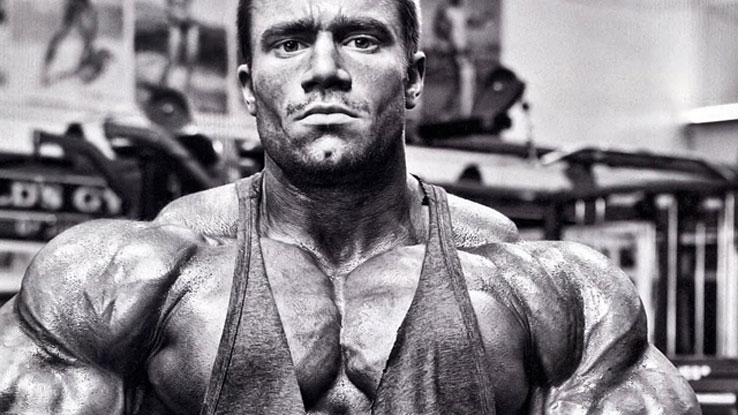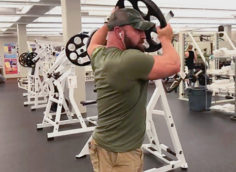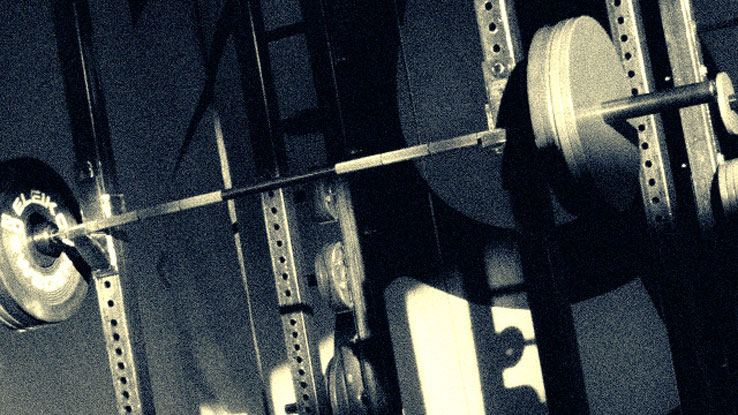One of the biggest setbacks for any strength athlete is shoulder pain. A lot of people will often go after the glenohumeral joint itself, but if you can generate more movement in your thoracic spine you'll inadvertently create a better overhead position and ultimately keep those rotator cuffs happy. Enter the bridge.
What Is It?
Basically, it's a backbend. Bridges are the complete opposite of forward flexion; they are spinal extension, opening up the entire anterior chain. If you spend time hunched over a desk all day, this is one of the best ways to counteract the effects.
Back Bridge Progressions
The full bridge should be your goal, however that can be quite challenging if you have primarily focused on strength work without mobility. Here's how to break it down:
- Thoracic Bridge: Make sure to press down into the floor before beginning and continue to press as you lift your hips. This helps to avoid simply balancing on the joint. You should feel active the entire time. Play around with the floating arm, you'll find it feels different if you lean it diagonally away from your hips.
- Wall Rotations: Make sure to work on your wrist extension before going into this movement. Begin quite high up the wall and start to get the feeling of pressing as you rotate your palm. Gradually start to work your way down the wall. Be cautious with your elbow position. Make sure your upper back is moving and not just your arms.
- Feet Elevated Bridge: You really want to pick a smart progression that allows you to spend time in the position without discomfort. If you can easily perform the other progressions but struggle with a full bridge, decreasing the angle by raising your feet will help.
Most guys will be able to set the hands on the ground and press up into the position. Ultimately you want to be able to rotate into it from the floor but there's no sense rushing. Gradually decrease the elevation over time as you begin to feel more comfortable with it.





